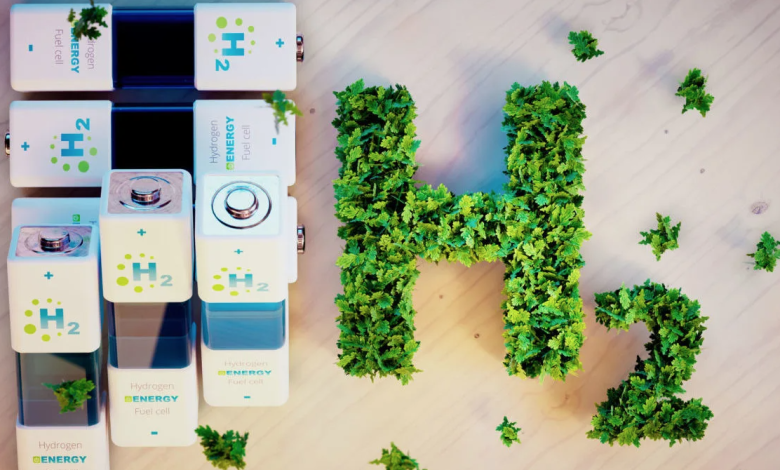Hydrogen Renewable energy in Europe, here are the EU regulatory proposals

The two documents complete the regulatory framework for hydrogen renewable energy in Europe
(Sustainabilityenvironment.com) – Is hydrogen a renewable energy? The European Commission has a precise answer to this question and it is contained in the draft of the new delegated act dedicated to renewable fuels for transport. The document, together with a second legislative proposal on emission calculation, was put in public consultation yesterday. The EU executive will collect the opinions of citizens and stakeholders until 17 June and will then submit the final texts to the EU co-legislators. Parliament and the Council will have two months to examine the Commission’s proposals and accept (or reject) them. But what is new?
The first proposal, on renewable fuels of non-biological origin, lays down criteria for products falling under the category “renewable hydrogen”. In detail, the text contains the rules for accounting for the green electricity used to power the electrolysers. Either from new dedicated capacity, or from the network or from energy purchased through PPA contracts. All producers of hydrogen as renewable energy in Europe (and importers) are asked, in fact, to demonstrate the origin of electricity and compliance with certain criteria to be able to obtain the classification of “renewable hydrogen”.
For example, for electrolyzers connected to the electricity grid, producers can consider electricity as fully renewable only if their plant is located in a bidding zone where the average percentage of green electricity exceeded 90% in the previous calendar year; and their production falls, instead, in a maximum number of hours fixed in relation to the green quota offered to the area.
Read also Clean hydrogen, EU prepares 20 million tons of H2 plan
For electrolyzers directly connected to photovoltaic or wind power plants, it will be necessary to demonstrate the non-use, in any case, of electricity from the network. And more: in the case of PPPs, hydrogen as renewable energy producers should prove that the electricity purchased through the contract comes from wind or photovoltaic projects operating for no more than three years more than the H2 plant and without EU funding.
In addition, until 2027, the producer must demonstrate that the green energy purchased through PPA is generated in the same month as the electrolyzer is in operation or that it is, alternatively, supplied by a storage system.
The second proposal, concerning the methodology for greenhouse gas savings, proposes a detailed scheme for calculating the life cycle emissions of renewable hydrogen and recycled carbon fuels.





